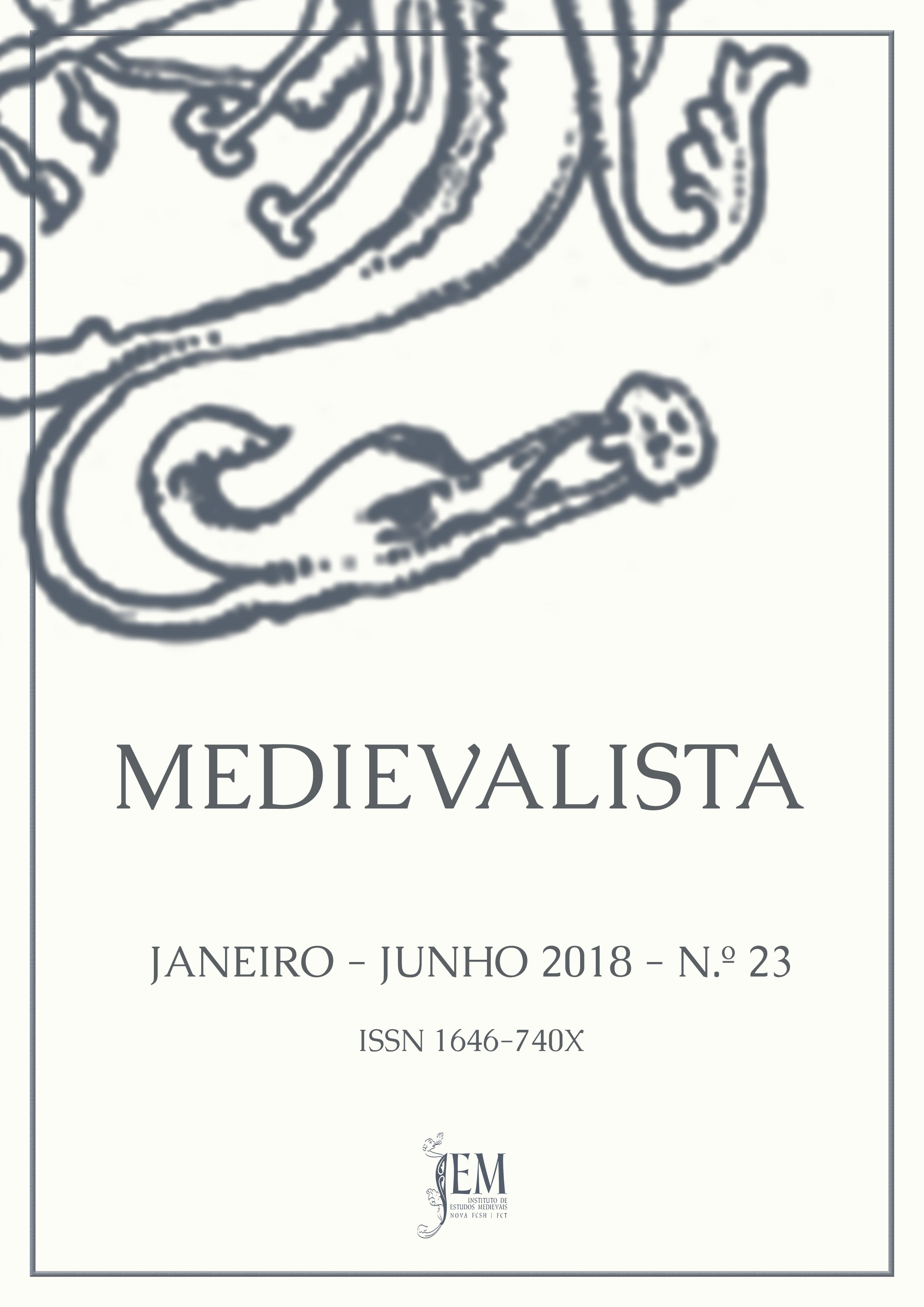Representing Legitimacy? Artifacts, Symbols and Communication in Public Royal Ceremonies during the Reign of Ferdinand I of Aragon
DOI:
https://doi.org/10.4000/medievalista.1653Keywords:
Crown of Aragón, Ferdinand I, legitimation, political communication, royal ceremoniesAbstract
On 28 June 1412, as a result of the compromiso of Caspe’s sentence, the infante Ferdinand of Castile was proclaimed king of Aragon after two years of interregnum. Ferdinand’s potential needs to legitimise his right to the throne and his exercise of royal authority as king Martin I’s successor conducted to an spectacular propaganda apparatus. This paper aims to analyse the core principles of the symbolic language which was performed to this goal by king Ferdinand I of Aragon. This purpose is based on the study of the main public ceremonies that were led by the monarch during his brief reign (1412-1416), prominently royal entries in the major cities in the Aragonese monarchy and Coronation festivities at Zaragoza in February 1414.
Downloads
Downloads
Published
How to Cite
Issue
Section
License
Copyright (c) 2025 Medievalista

This work is licensed under a Creative Commons Attribution 4.0 International License.





















